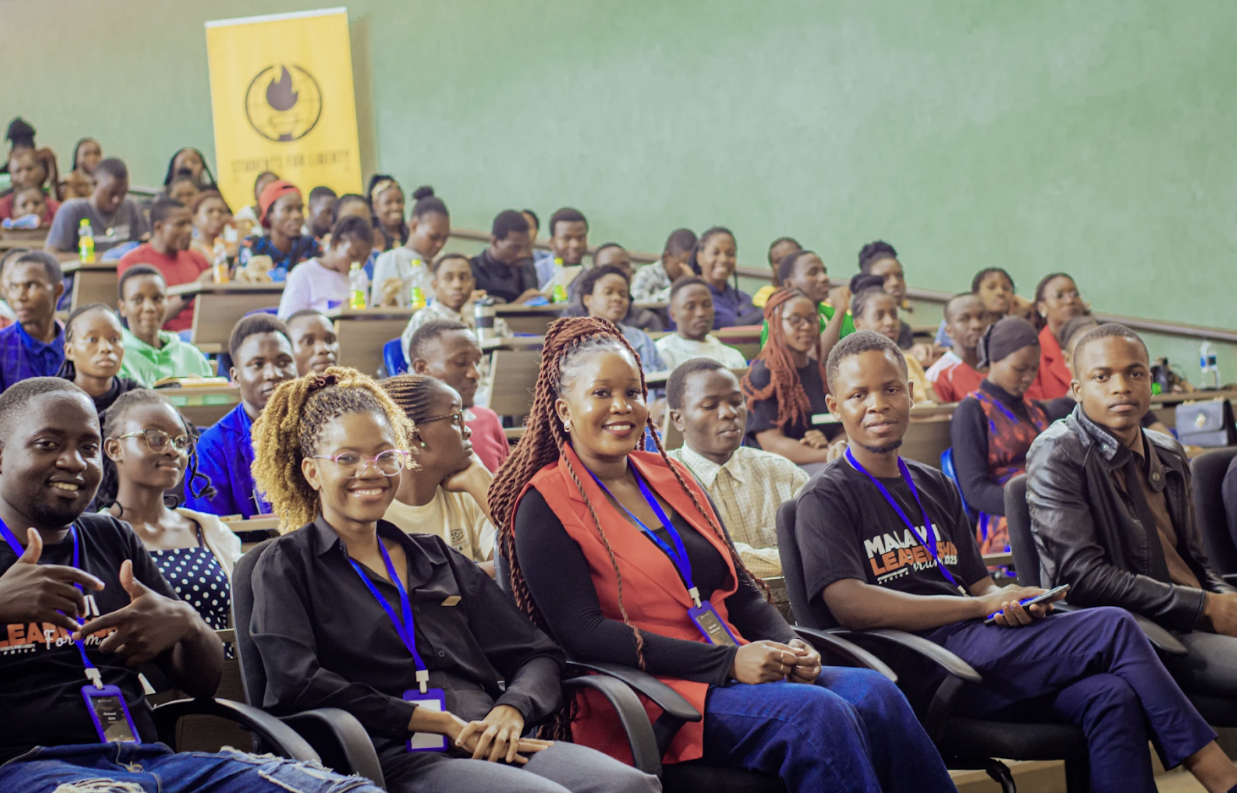Reforms of 1991 need to be followed up to ensure India remains an economic success story
As India celebrates three decades of economic reforms, growth, and progress, it is imperative to look back upon the journey and assess what succeeded and what failed to chart a new path going forward.
A couple of weeks ago, I purchased and brought home a new scooty right from the dealer to my doorstep in just a couple of hours. In fact, much of the time was spent travelling to and forth and choosing the model. That night, my father narrated how my grandfather once had dreamt of a Bajaj Chetak Scooter when it launched and wished to purchase it, only to be discouraged by the endless waiting and stuck to his bicycle.
Today, in an economically liberalised India, it is hard to imagine the shortage of consumer goods that was an everyday reality before 1991. Only 30 years ago, a politically weak but bold government ended the tyranny of the infamous license raj ushering in the freedom to produce and consume.
Since then, India has undergone a complete metamorphosis from being the biggest aid beggar to a net aid donor, from leading the paupers of the G-77 to now a member of the richer G-20; from depending on foreign food aid to the largest exporter of rice. India’s GDP per capita has increased sevenfold from $360 to $2100. This was transformative in a big way because every percentage point increase in GDP per capita lifted millions of Indians out of poverty.
However, the initial sheen of the reforms seems to be wearing off with the growth train slowing down every successive quarter for the last four years. Since 2016-17, growth has halved from 8.3℅ to 4.2℅, and in FY 2020-21 to a negative 7℅ due to Covid-19 induced lockdowns, with the pandemic only exacerbating the economic situation. But why fritter over the reduction of a few percentage points of mathematical numbers? With every percentage point loss in GDP per capita, millions of Indians are pushed into poverty.
While the 1991 reforms successfully dismantled the license raj, the permit raj still flourishes today. It has merely transformed India from crony socialism to crony capitalism. The Land, Labour, and Capital markets remain restricted and continue to prevent economies of scale. The quality of governance and public goods remain abysmal, and an incompetent judicial structure fails to uphold and enforce contracts. While steps have been taken recently to amend the labour laws to make them more flexible and conducive to economic growth, rigid land markets are unlikely to witness any positive policy change soon.
A more concerning threat to the spirit of 1991 is the support for protectionism. It is a chilling reminder of the command control socialist model, which, through hollow nationalist rhetoric, promised to usher in “economic independence”. This protectionism has prompted a move toward protectionist policies like increased import tariffs and withdrawal from free trade agreements like RCEP, threatening the spirit of the 1991 reforms which embraced global trade.
Socialist policies such as these, which have a proven track record of impoverishment, should be opposed. Additionally, the state should take the 1991 reforms further by embarking upon yet another path of positive reforms that would sustain growth in the long term. These would include a new set of reforms in the agricultural, financial, labour, law, land, judicial, and trade sectors.
However, on the eve of the fourth decade of the reform, we are well into a black swan event – the Covid-19 pandemic – which has disrupted our growth paths quite viciously. Estimates suggest that the economy might take around a decade to recover. Among this, while other sectors declined, agriculture’s contribution to the GDP increased to around 20℅ for the first time in around 15 years. While the industrial, commercial and other sectors benefited from the 1991 reforms, agriculture was left out and has grown year upon year by a meagre 3℅ on an average despite directly and indirectly employing around 60℅ of the Indian population. Despite tremendous potential, the sector continues to be bogged down by feudal practices and illiberal land and labour policies and laws that have shackled growth. Private investment remains elusive and lack of opportunities in the sector is forcing people to migrate to cities in droves and upset the urban landscape with slums and other unauthorized settlements.
The Central government’s efforts to pass long due progressive laws to liberalise the sector failed after the laws were withdrawn in the face of stiff opposition from vested interest groups. To honour the spirit of the 1991 reforms, in this decade, governments both at the Central and especially at the State and local levels must aim to liberalise the agricultural sector, bring in corporate investment, assimilate it within the formal economy and facilitate its ability to provide jobs at a time when other sectors are unable to sustain the rapidly growing labour force. In its fourth decade of reform, India cannot afford to ignore agriculture and lose a few more generations to economic stagnation.
Economic growth isn’t just a policy imperative but a moral obligation as well. We owe it to the brave men of the past who dared to bring change, the less fortunate of the present, and the aspiring future generations to come.
This piece solely expresses the opinion of the author and not necessarily the organization as a whole. Students For Liberty is committed to facilitating a broad dialogue for liberty, representing a variety of opinions.








